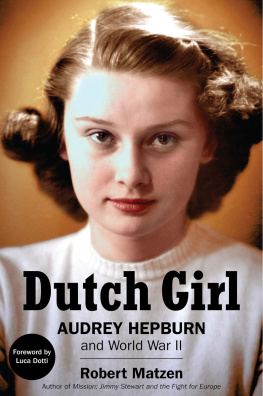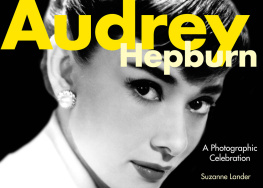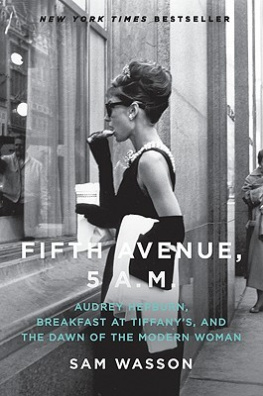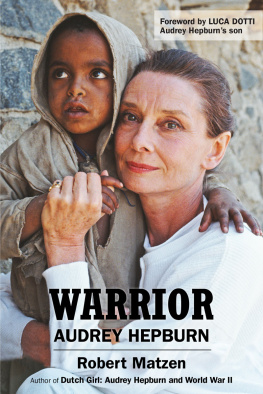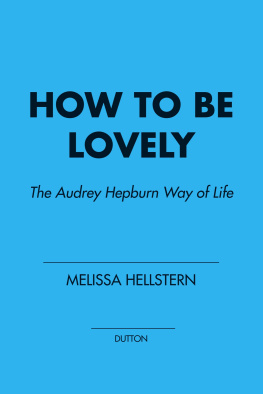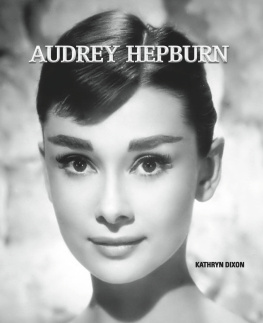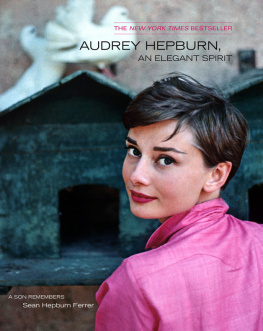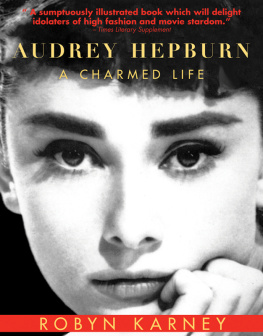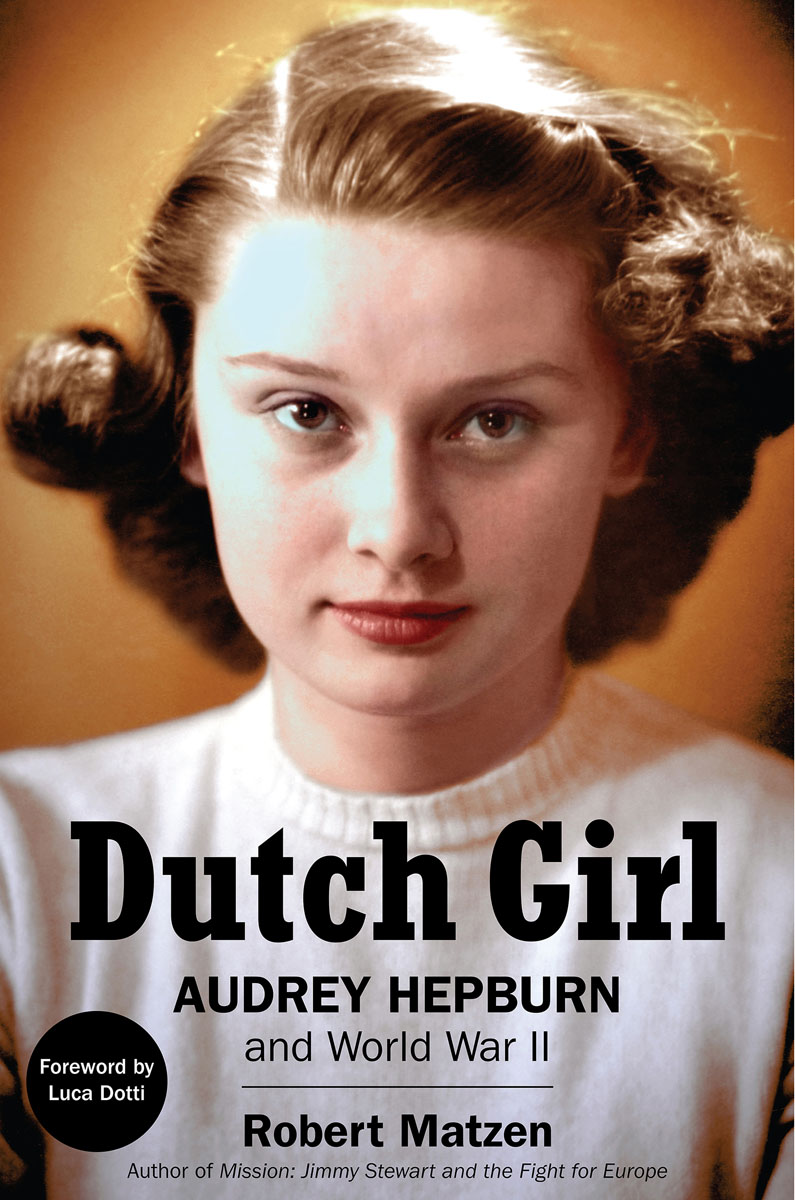
Praise for Books by Robert Matzen
Mission: Jimmy Stewart and the Fight for Europe
Military and movie buffs alike will revel in this vivid portrayal
Publishers Weekly
An illuminating, recommended look at a hidden chapter in Stewarts life.
Library Journal
As Jimmy Stewarts children, we have always known that our fathers service during the war was the most significant event of his life, although he rarely spoke of it. This book gives us the best glimpse we will ever have of what that experience was like for him and the men he flew with. Thank you, Robert Matzen.
Kelly Stewart, daughter of Jimmy Stewart
Fireball: Carole Lombard and the Mystery of Flight 3
Matzen provides an intriguing mixture of biography and history as he relates not only the story of Lombards life, but those of the other passengers on Flight 3, as well as the curious elements of the plane crash.
Publishers Weekly
As a piece of investigative reporting, its awe-inspiring, and its also a damn good dual biography.
Scott Eyman, author of John Wayne: The Life and Legend
GoodKnight Books
2019 by Robert Matzen
Foreword 2019 by Luca Dotti
All rights reserved. No part of this book may be reproduced or transmitted in any form or by any means, electronic or mechanical, including photocopying, or by an information storage and retrieval system without permission in writing from the publisher.
Published by GoodKnight Books, an imprint of Paladin Communications, Pittsburgh, Pennsylvania.
ISBN 978-1-7322735-3-5
ISBN 978-1-7322735-4-2
ISBN 978-1-7322735-5-9
ISBN 978-1-7322735-6-6
Library of Congress Control Number: 2018966886
Cover photo of Audrey Hepburn and other photos from the Dotti Collection courtesy Personal Collection of Luca Dotti/copyrighted material.
Book and cover design by Sharon Berk
Colorization of cover photo by Tom Maroudas
Photo of Robert Matzen by Annie Whitehead/Harvesting Light Photography
For the people of Velp
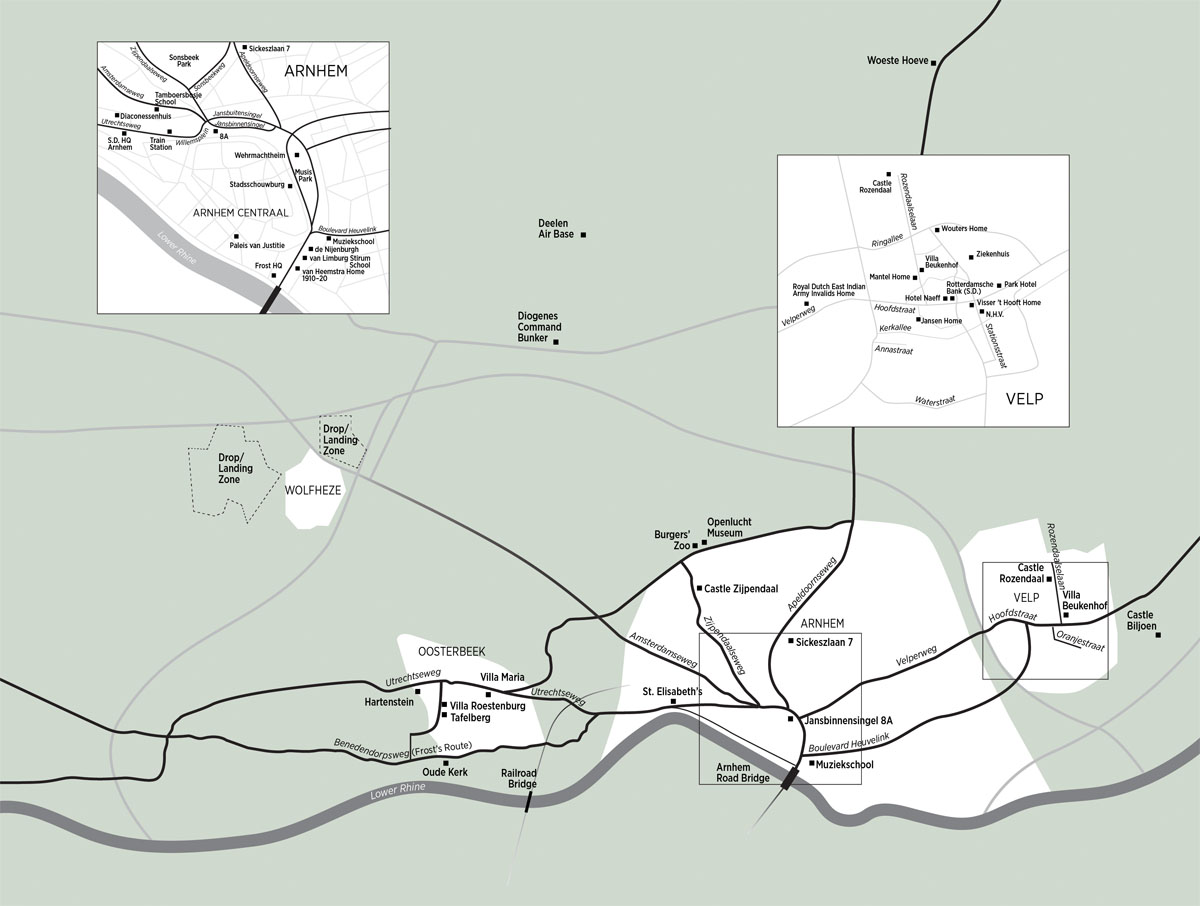

Contents
Foreword
When I am asked about my mother, my favorite response has often been, I dont know Audrey Hepburn.
My words always create a little stir and give me the opportunity to further explain how lucky my brother and I were growing up with a present and loving mother as opposed to a glamorous but absent movie star.
When my mother talked about herself and what life taught her, Hollywood was indeed the missing guest. Instead of naming famed Beverly Hills locations, she gave us obscure and sometimes unpronounceable Dutch ones. Red carpet recollections were replaced by Second World War episodes that she was able to transform into childrens tales. We considered her lessons as tokens of wisdom, but we knew we were missing the complete story of her life in the waruntil somewhere over the rainbow Robert Matzen wrote to me introducing himself and his book, Dutch Girl.
In a pure form of serendipity, Roberts message arrived just as I was trying to unite the dots between Mums stories and my own archive and research efforts. I was understandably excitedwho wouldnt beas I knew Mums deep self, the one that remained unchanged despite her stellar career, the one that made her the Audrey I knew, lay in these dots soon to be united by Roberts research.
Dutch Girl led me through a world of war that isnt as black and white as Hollywoods movies often suggest. Even I immediately forgot that there would be a happy ending for Audrey. As I read, I realized that bomb, that bullet, that German truck and its load of prisoners could simply be The End.
I now understand why the words Good and Evil, and Love and Mercy were so fundamental in her own narrative. Why she was open about certain facts and why she kept so many others in a secluded area of her being.
I really didnt know Audrey Hepburn, but I know more now, and I miss her more than ever.
Thank you, Robert, for your book is a true gift.
Luca Dotti
August 2018
Luca Dotti is the son of Audrey Hepburn and the New York Times best-selling author of Audrey at Home. He is a former graphic designer and now chairs the Audrey Hepburn Childrens Fund. Created by Audreys family in 1994, the Fund helps children in need around the world.
Preface
Since the death of Audrey Hepburn at the beginning of 1993, her story has been told and told again. An Amazon search of books with her name will produce 1,000+ hits. Every aspect of her life has been covered in print but one: the years of World War II when she lived in the Netherlands. There are portions of Audreys story of the war that she wouldnt discuss and portions she felt she couldnt discuss. As a result, authors invented some situations and interpreted others incorrectly because they had no foundation in the history of the war. I can safely say that most pages about her war years in previous biographies contain errors about her life during that time.
Hepburns definitive biographer, Barry Paris, spent a great deal of time and resources in 1993 with the backing of powerful G.P. Putnams Sons to tell the Dutch portion of Audreys story, and his meticulously referenced work became the starting point for my project. Paris had some advantages in his proximity to the war yearsmany people involved with the story were alive then who arent now. But he also had a big disadvantage: There wasnt yet an Internet with fingertip access to prime Dutch archives. And because he based his operations in the United States (employing a Dutch researcher to do legwork in the Netherlands), Paris missed the importance of the village of Velp to Audreys story. Velp sits just outside the city of Arnhem. That location came to mean everything to the story for reasons you will soon learn.
I love uncovering facts about Hollywood personalities in World War II, especially facts that have been lost over time because of the depth of research required to set the record straight. In the case of Audrey Hepburn, most of that research can be conducted only on the ground in the Netherlands, which is quite a deterrent for American authors. In addition, the adults that fought through and survived the war have passed on; the eyewitnesses are gone. Most vexing of all, some records stateside have vanished, which is a story in itself. These files, which should exist in the archives of the FBI and CIA (known as the OSS during World War II), concern a Dutch national named Ella, Baroness van Heemstra, who was Audreys mother. When I began my project and sent my Washington, D.C., researcher after these files, she couldnt locate them and determined after exhaustive efforts that they no longer exist. Her professional opinion was that they had been destroyed long ago, and this conclusion begged the questions, why would these files have been removed from the record, and who would have removed them? After I spent two years investigating, the answers became evident.
Audrey Hepburns father lived under the radar for most of his life, and her mother covered her tracks for activities from 1935 through 41, so its no wonder that biographers shied away from chronicling those years of Audreys life or relied on preexisting works. The trail was either cold or had been rubbed out of existence.
Next page
